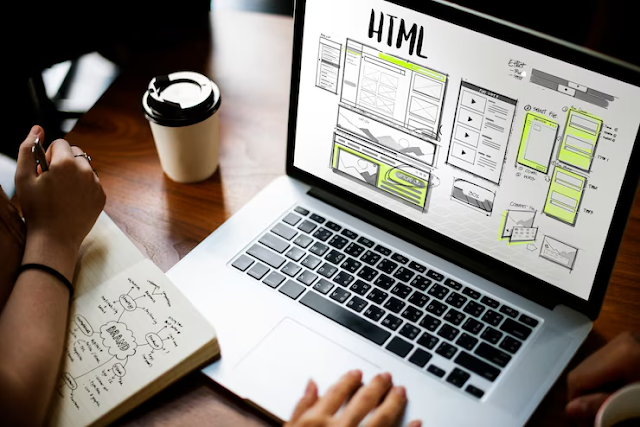The Impact of Typography on Web Design
In the realm of web design, typography often takes a backseat to flashy visuals and interactive elements. However, the power of typography cannot be underestimated. It's the unsung hero that significantly impacts the overall aesthetics and user experience of a website.
What is Typography?
Typography is the art and technique of arranging type to make written language legible, readable, and appealing when displayed. In web design, it encompasses the selection of fonts, font sizes, line spacing, and letter spacing.
Why Typography Matters in Web Design
-
Brand Identity:
- Consistency: Consistent typography across all digital platforms reinforces brand recognition and strengthens brand identity.
- Personality: The choice of fonts can convey specific emotions and personality traits, aligning with your brand's image.
-
Readability and Legibility:
- Font Choice: Selecting fonts that are easy to read on screens is crucial. Sans-serif fonts like Arial, Helvetica, and Roboto are popular choices for web design.
- Font Size and Line Spacing: Proper font size and line spacing enhance readability, making it easier for users to consume content.
-
Visual Hierarchy:
- Font Weight and Style: Using different font weights and styles (bold, italic, underline) helps create a visual hierarchy, guiding users' attention to important information.
- Headings and Subheadings: Clear and concise headings and subheadings improve content structure and navigation.
-
User Experience:
- Aesthetics: Well-chosen typography can elevate the visual appeal of a website, making it more engaging.
- User Engagement: A visually pleasing and easy-to-read website encourages users to stay longer and interact with the content.
Tips for Effective Typography in Web Design
- Limit Font Choices: Stick to a maximum of two or three font families to maintain consistency.
- Consider Font Pairing: Pair fonts that complement each other, such as a serif and a sans-serif font.
- Test Readability: Use tools to measure readability scores and optimize font choices.
- Use Contrasting Colors: Ensure text is easily readable against the background color.
- Responsive Typography: Adjust font sizes and line spacing for different screen sizes to maintain readability.
By carefully selecting and implementing typography, PerfectionGeeks Technologies can create websites that are not only visually stunning but also highly functional and user-friendly. Remember, typography is a powerful tool that can significantly impact the success of your online presence.




Comments
Post a Comment